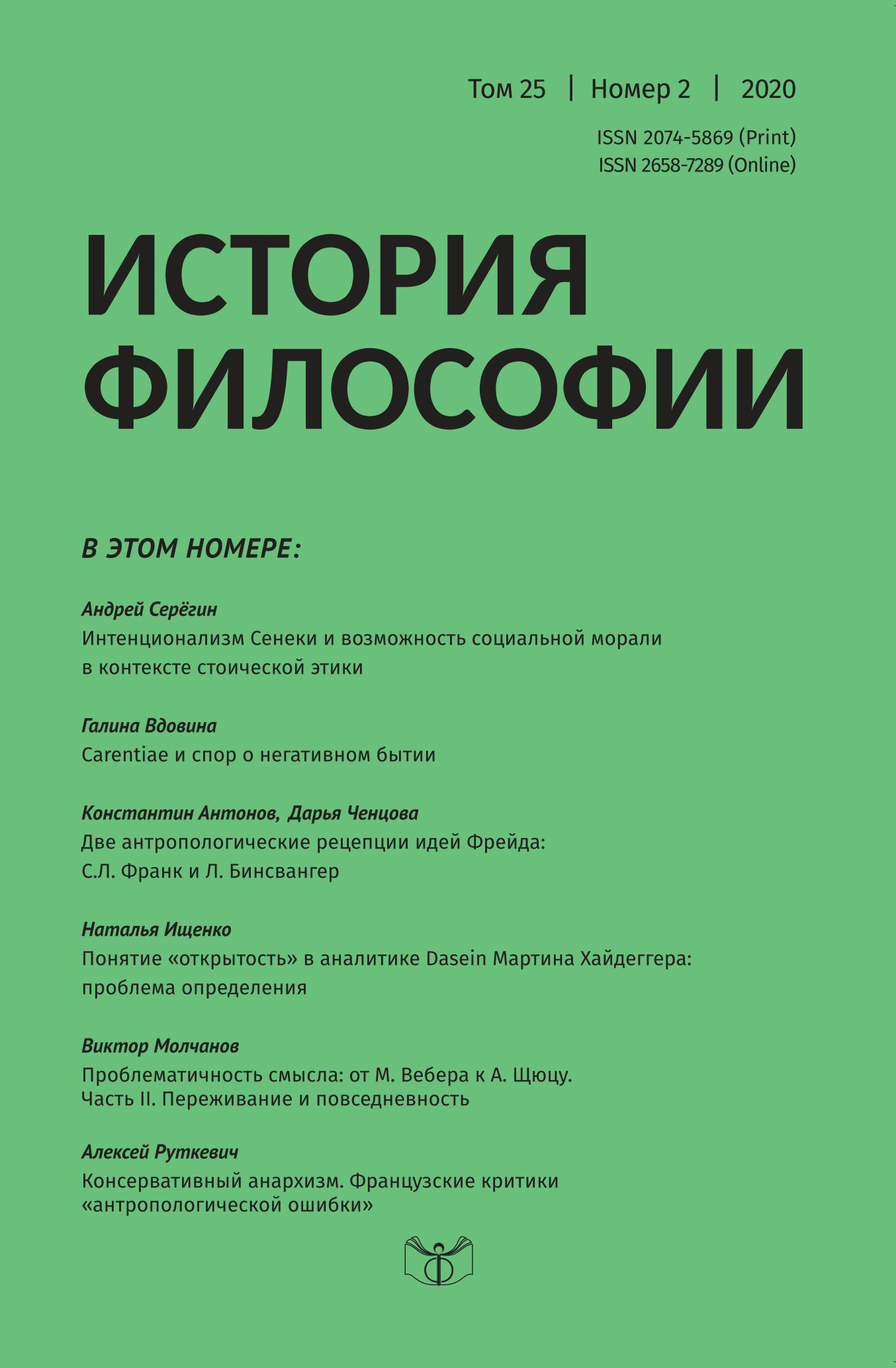Carentiae and the Controversy about Negative Being
Keywords:
post-medieval scholasticism, negations and privations, carentiae, ens rationis, mental being, Francisco SuárezAbstract
The article deals with the place of negations and privations in the structure of knowledge, from the point of view of the 17th century scholastic philosophy. Medieval scholasticism saw in negationes and privationes those objects which formed the central area of mental being (ens rationis), that is, objects which existed only in intelligence. This traditional concept was clearly articulated and affirmed by Francisco Suárez in the final chapter of his “Metaphysical Disputations”. The decades following the death of Suarez in 1617 were a period of profound transformations in metaphysics, which also affected the doctrine of the mental being. The transformations were particularly evident in the changing role and place of negations and privations which were denoted by the general term carentiae, that is, negations in the broad sense. This whole area was divided into fictitious and real negations; fictitious negations remained in the ens rationis field, while real negations were taken out of it. It were real negations that attracted special attention of scholastic philosophers who tried to understand their nature and structure and, most importantly, their ontological status: whether they were purely logical and linguistic constructions or represented facts of the real world. The article deals with different conceptions of real carentiae in 17th century scholasticism, taken from several philosophical courses of Jesuit philosophers, such as Francisco Suárez (Senior), “Portuguese Suárez” (Francisco Suárez Junior), Thomas Compton Carleton, Antonio Bernaldo de Quiróz, Sebastian Izquierdo and Pietro Sforza Pallavicino.

